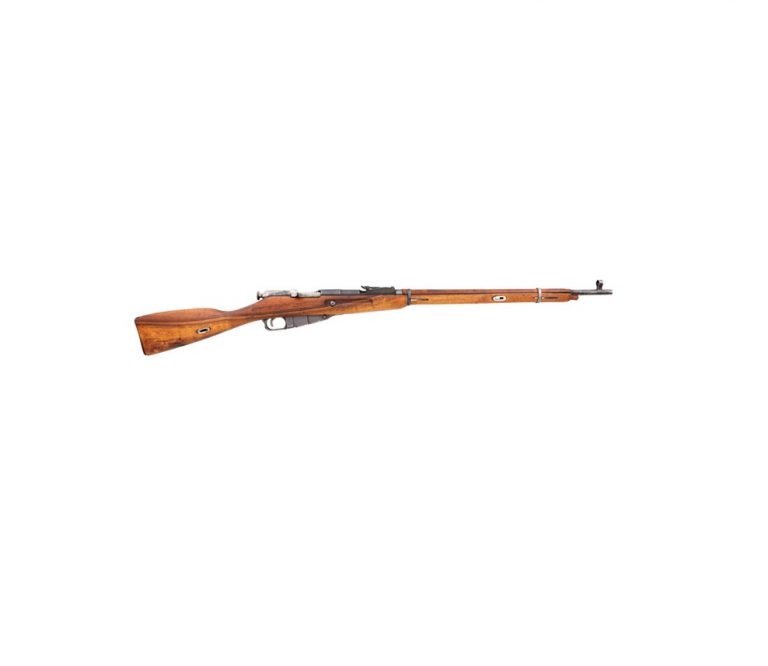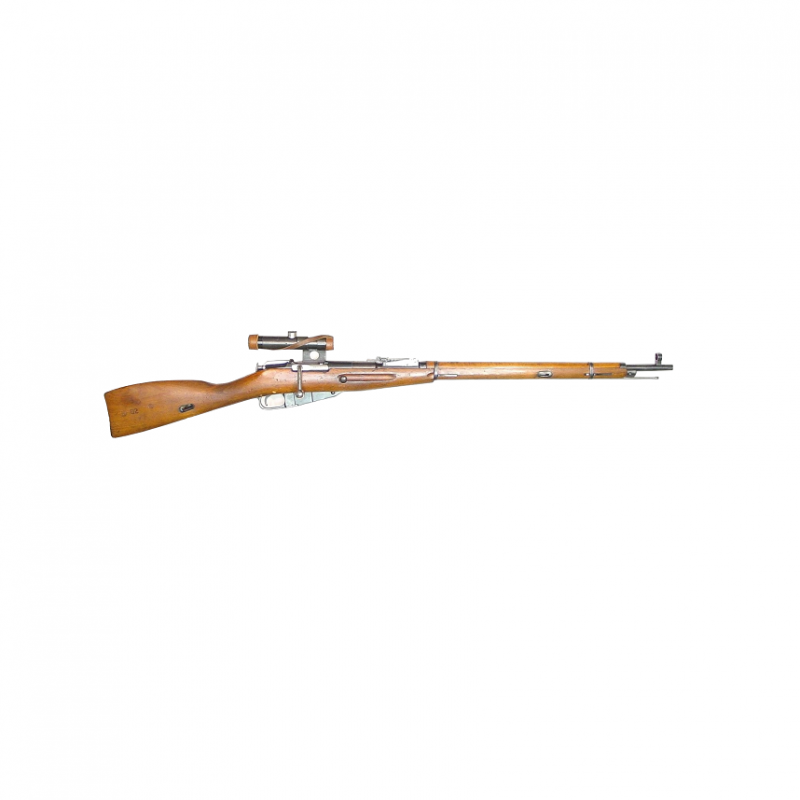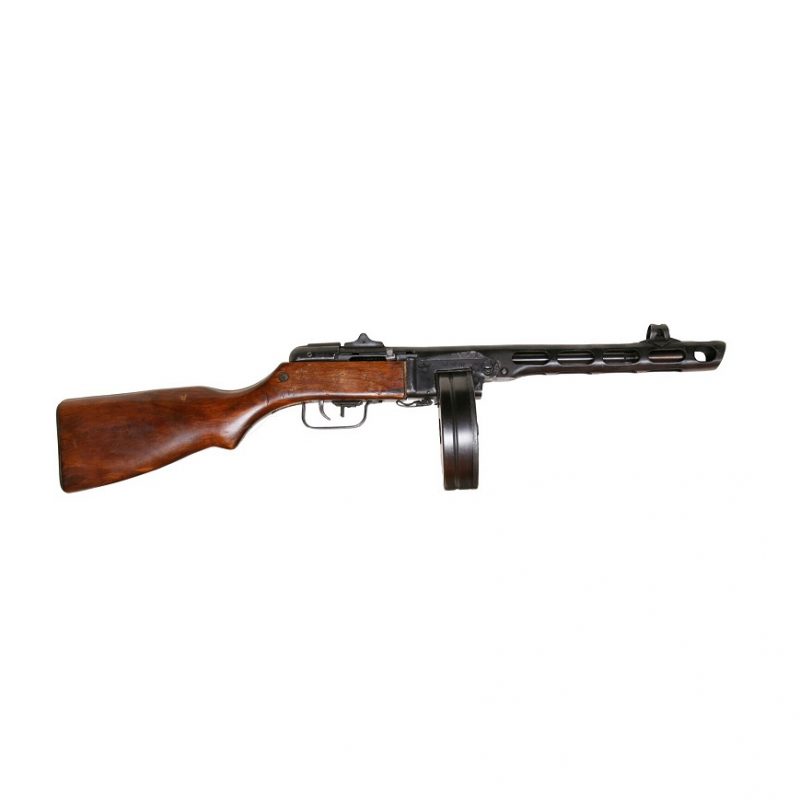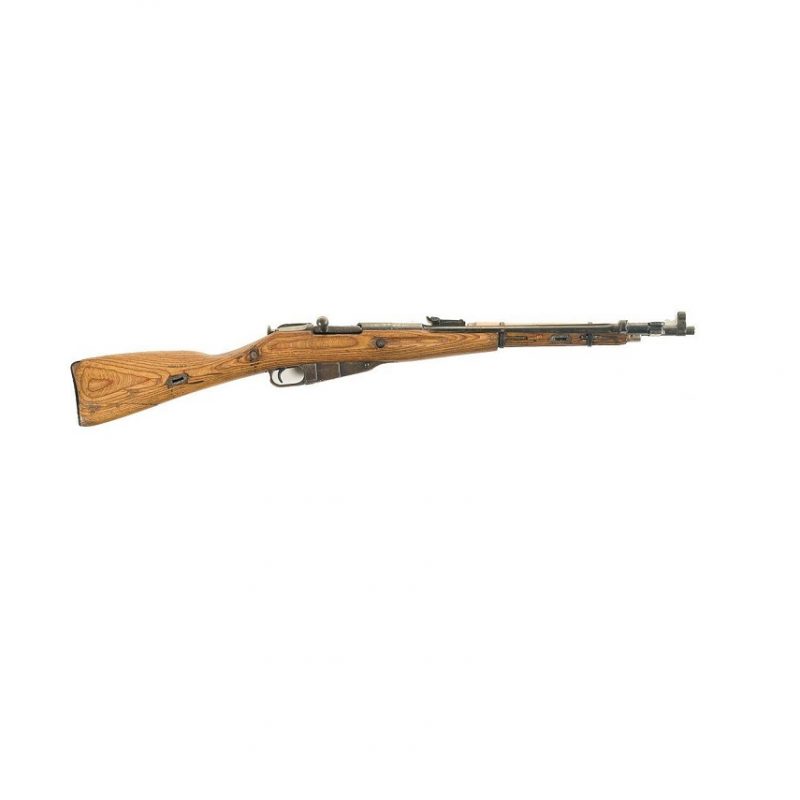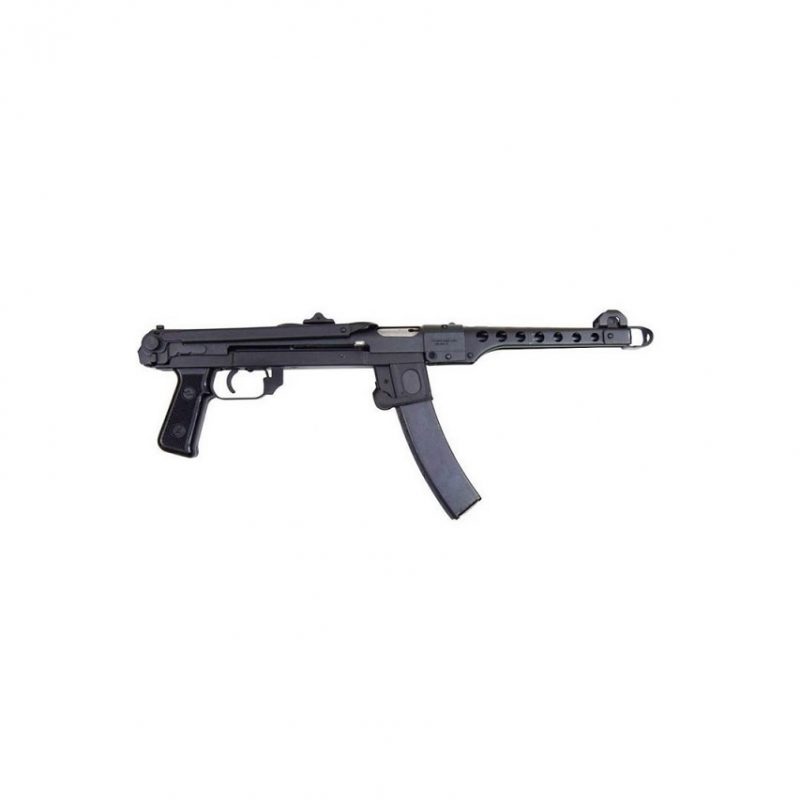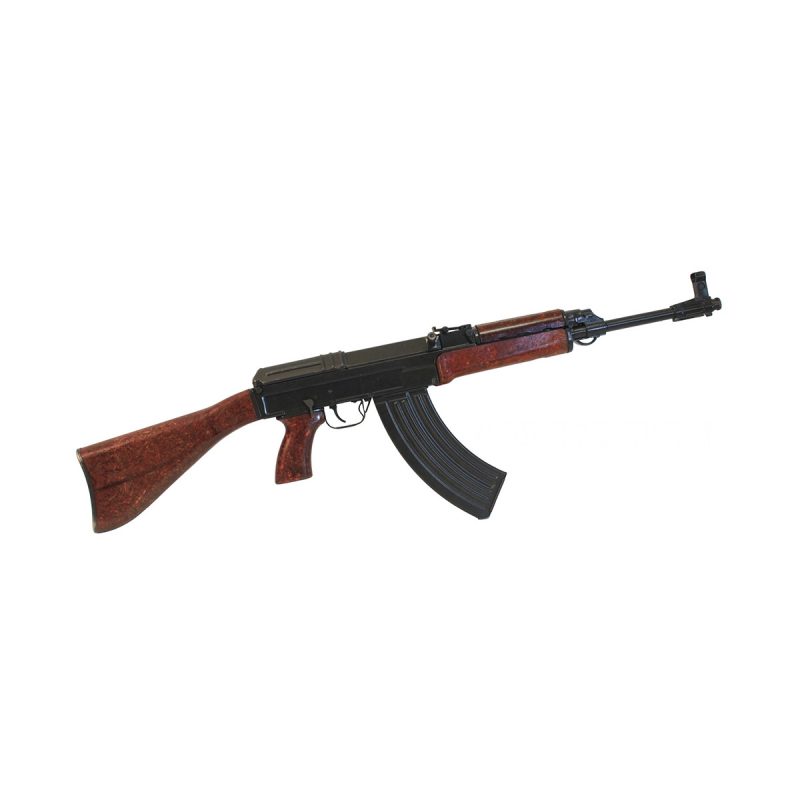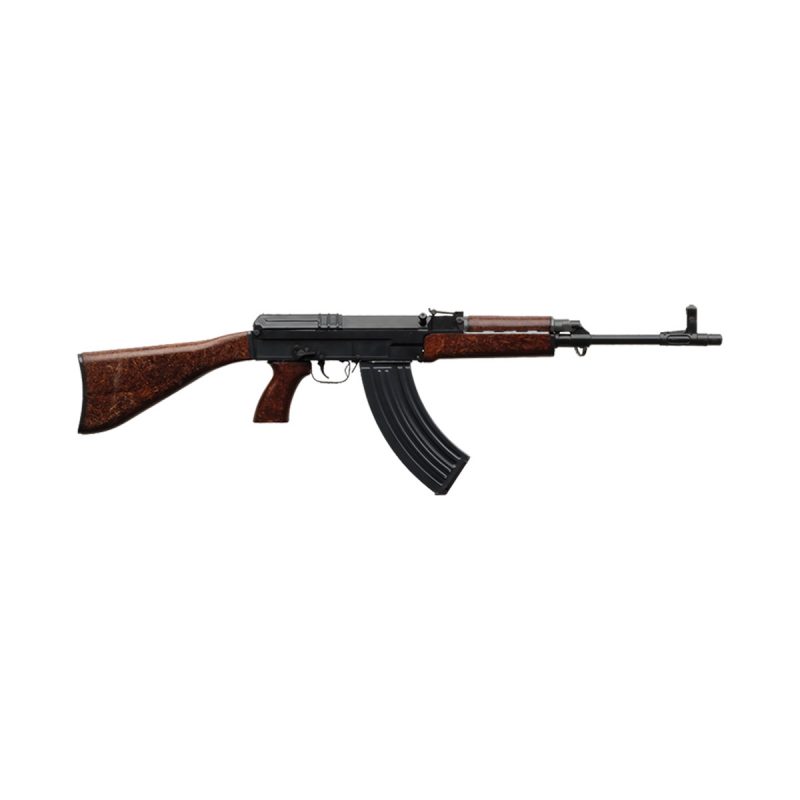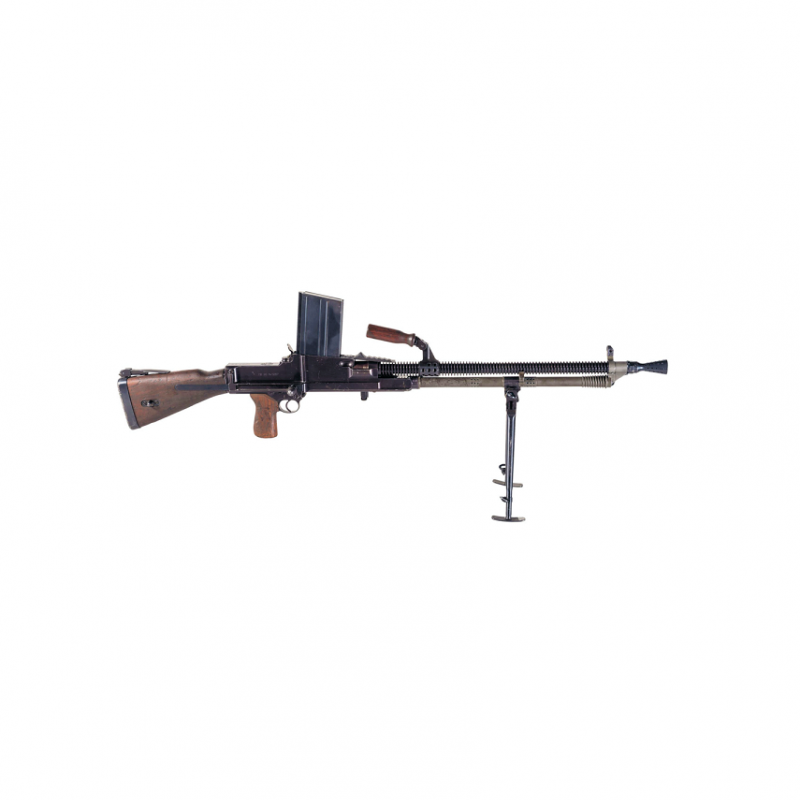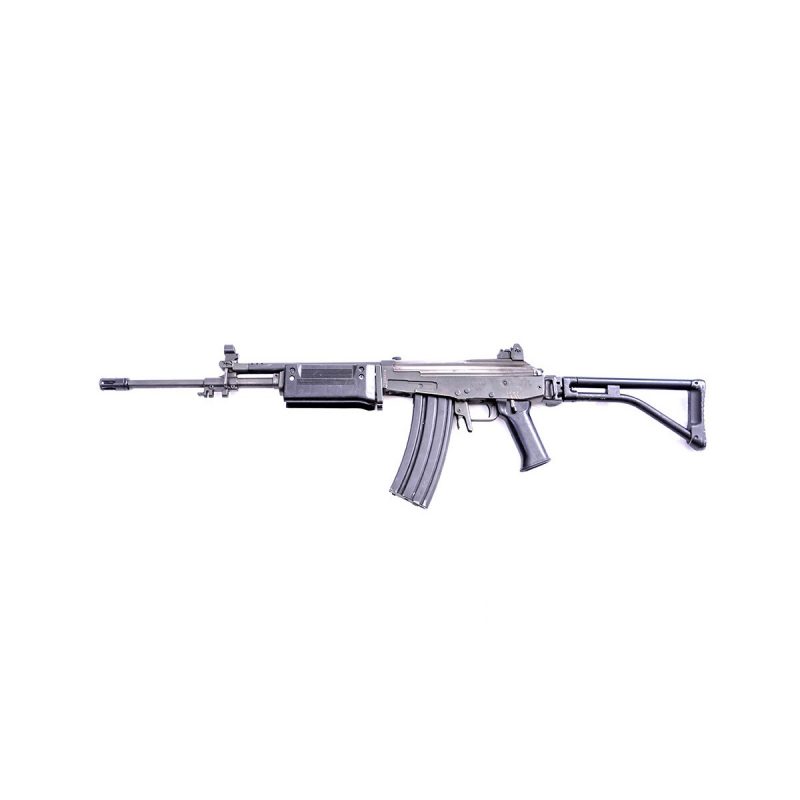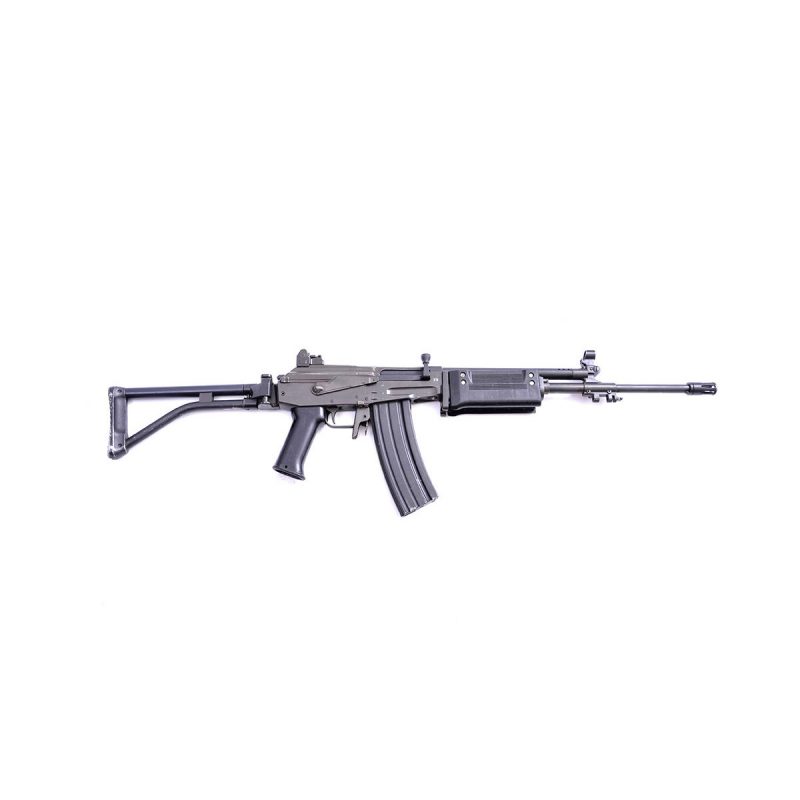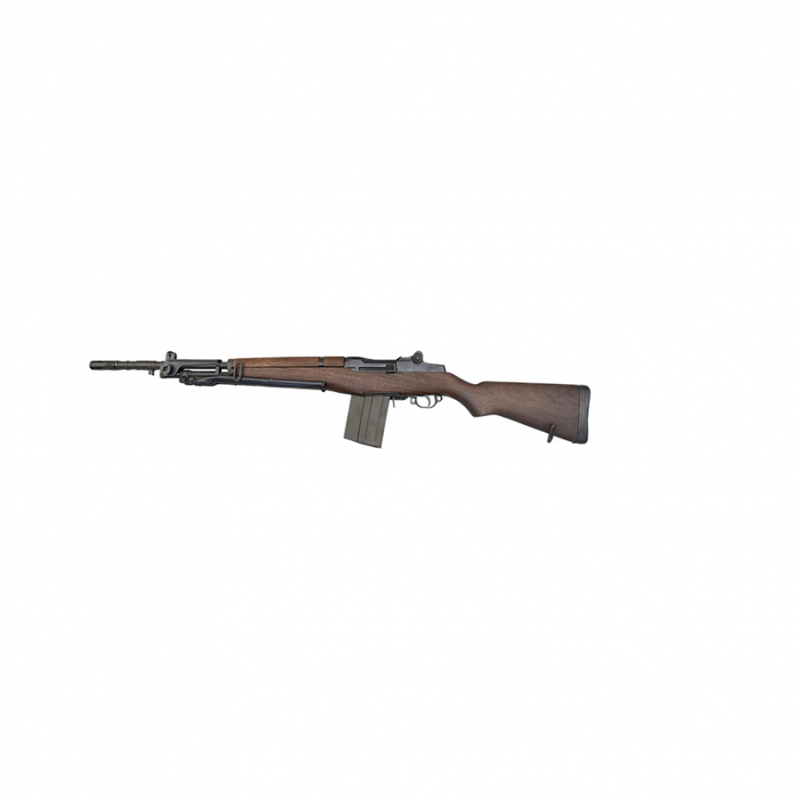Description
Quite possibly the most heavily produced family of military rifles in history, the humble Russian Mosin-Nagant was created at the end of the 19th century by Captain Sergei Ivanovich Mosin, a serving officer in the Russian Imperial Army. Who, up until that point in time were using antiquated single shot rifles, which were ultimately blamed for their high casualty rates when fighting against the Turks during the Russo-Ottoman War of 1877–1878.
The first full scale production design was the Model 1891 and by the time of the Russo-Japanese War of 1904–1905, almost 4 million had been built, with almost half already in the hands of the Imperial Army, where it received high praise.
The Model 1981 would remain the standard issue service rifle of the Imperial Army throughout World War 1, up until the outbreak of the Revolution and soon to follow Civil War, where it was the main weapon used by all of the fighting factions.
With the formation of the the Soviet Union in 1922 and more importantly Stalin’s rise to power in 1924, the rifle design was subjected to an overhaul. The resulting rifle (this the Model 1891/30) now featured modifications to the sights and the introduction of a cylindrical receiver. Produced in its millions, upon entering service in 1930, it would become the Soviets main weapon until the end of World War 2 in 1945.
As the war progressed other variants were issued, whether they be sniper versions of the 1891/30, or carbine models for rear echelon or vehicle mounted troops.
Like other rifles from the Mosin-Nagant family, post war, this weapon would see service in every major conflict in the later part of the 20th century. Whether that be with Chinese backed fighters in the Korean and Vietnam wars, or more recently with Mujahedeen/Taliban fighters in Afghanistan.
Designer: Captain Sergei Mosin & Émile Nagant
Designed: 1891 (original rifle)
Manufacturer: Tula, Izhevsk, Sestroryetsk and many others
Produced: 1930 to 1945
